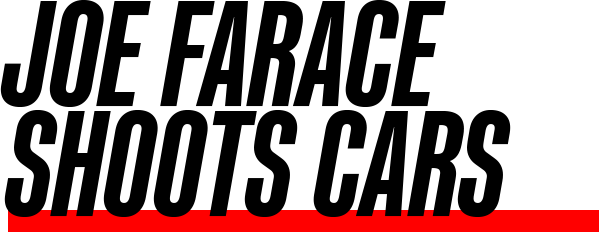Today’s Post by Joe Farace
“Every object in the Universe with a temperature above absolute zero radiates in the infrared, so this part of the spectrum contains a great deal of information.”—Frank J. Low
Digital infrared photography has the power to transform mundane visual experiences into something that’s unforgettable.
I think that purchasing a used digital DSLR or mirrorless camera and converting it to infrared capture is a great idea because used bodies are usually available at a substantial discount so when the cost of conversion is added you’re not going to be spending lots of money. Another idea (even cheaper) is to have one of your older cameras converted after you’ve updated to a newer model. Tip: Remember that after your camera has been converted; you will only be able to shoot infrared images with it.
Everyday scenes you might walk right by and never think of photographing, take on a dreamy look when seen in infrared. Landscapes may be considered to be the best subject matter for IR but are other subjects, such as portraits, cityscapes, night city streets, and macro worth considering? I think everything makes a great subject for digital infrared photography! Here are a few possibilities:

- Landscapes: This is the classical infrared application because tree leaves appear to be almost white. This is a common effect produced by deciduous trees and grass because they reflect the sun’s infrared energy instead of absorbing it. Along with a black sky, the effect is dramatic.
- Cars: I used my IR-converted camera to make the above shot that was then digitally colored in Photoshop. Infrared images don’t have to be strictly black and white and that’s why I also like to apply digital toning effects to IR image files. It’s a Buick Invicta. (See my post ‘My Love Affair with Buicks.’)
- Architecture: Professional architectural photographers always used infrared film to make images of buildings. That’s partly because IR photography cuts through haze, adds contrast, and produces pure black skies to make photographs of buildings look even more dramatic.
- Portraits. In my infrared photography book (see below,) I show a few portraits but one magazine editor told me it added a creepy “Twilight” (vampires ya know?) feel to the images because the subject’s eyes looked odd. But if you’re careful, aren’t too close and have the subject looking off to the side, it shouldn’t bother you. If its does, it’s time to move onto other fun subjects.
And that’s what infrared digital imaging is all about, having fun with photography no matter what subject you decide to photograph.
 I’ve found that Life Pixel does a great job with IR conversions and they have done most of the conversions for my Canon DSLRs and all of my Panasonic Lumix G-series cameras. This is not a paid or sponsored endorsement, just my experience.
I’ve found that Life Pixel does a great job with IR conversions and they have done most of the conversions for my Canon DSLRs and all of my Panasonic Lumix G-series cameras. This is not a paid or sponsored endorsement, just my experience.
My out-of-print book, The Complete Guide to Digital Infrared Photography is available from Amazon with new collector copies selling for $52.57 and used copies starting around eight bucks, as I write this. Creative Digital Monochrome Effects has a chapter on IR photography and is available from Amazon for $20.70 with used copies starting around two bucks. No Kindle versions are currently available.
